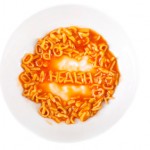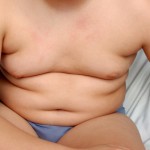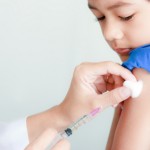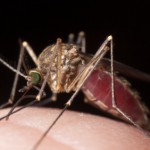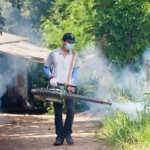Whenever I think of medical waste I flash back to the episode (It's in one of my old blog posts) with my Radiation Safety Officer standing on a pile of garbage in a municipal dump in Biloxi, MS, holding a Coke bottle that set off a radiation detector. It had tobacco juice spat by a patient who'd had a thyroid scan.
But that's not what I'm writing about today.
There's a great article in the most recent edition of JAMA with the title "Eliminating Waste in US Health Care." In July, 2010, Dr. Donald Berwick, the lead author, was appointed by President Obama to serve as the Administrator of the Centers for Medicare and Medicaid Services. This was a "recess appointment" of a Harvard Medical School professor of pediatrics with a Master of Public Policy degree who had previously led the non-profit Institute for Healthcare Improvement. Congress did not confirm Berwick (ah, politics, isn't it wonderful) and he left the position in December, 2011.
Berwick and a colleague at the RAND Corporation. a non-profit with goals of improving both decision-making and public policy by utilizing research and analysis, start by stating our health care costs are frankly not sustainable and yet are growing with 2020 estimates of 20% of our gross domestic product (GDP).
Between 1980 and 2008, our US health care costs, as a share of GDP grew phenomenally. The Kaiser Foundation has an online comparison of health care expenditures in the US and 14 other OECD countries. We not only spend more on health care, our per person growth rate of this expenditure is among the highest in the developed world. Let's put that into concrete terms. The Kaiser paper shows a graph of total health care spending per person versus gross domestic product per person and locates where 15 of the world's developed countries fall in comparing those two variables.
The dots representing thirteen of the countries form a line with Italy having the last spending and the least average "income" per person and Switzerland having the top amounts of that group in both categories. Then there's Norway and the United States, both well off the line. The average Norwegian income is considerably higher than the US average, but the average amount spend on all their health care is way below the line, while ours is far above that same line.
These were 2008 figures, but the major difference was shown in growth of the total spent on health care per person per year and the source of that money. In Norway's case, the bulk is public spending and in ours it is split between public and private. And our growth in both categories tops the pack.
Dr. Berkwick's article in JAMA details how much we could potentially save with six strategies to reduce "medical waste." The total is staggering: $3 trillion in Medicare and Medicaid savings and $11 trillion overall by 2020. He contrasts this to the savings proposed in the Affordable Healthcare Act of $670 billion between 2011 and 2019, no paltry sum by any means, but dwarfed by the common sense proposals he makes.
And nobody loses by our taking a very close look at his concepts.




